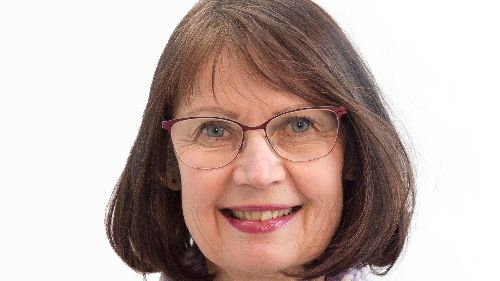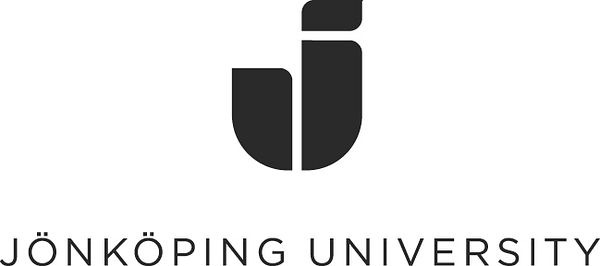
Press release -
Greater comfort for children in a high-tech health care environment
High-tech health care settings, such as radiology and anesthesia departments, can be a frightening environment for children. This is especially true for children with neurodevelopmental disorders, such as autism spectrum disorder. In a new PhD thesis from Jönköping University, Ingalill Gimbler Berglund has developed guidelines to improve the care of these children.
Ingalill Gimbler Berglund has worked as a nurse anesthetist. In this capacity, she met many frightened children in the high-tech health care environment. The ability to give all children the best experience and care possible has always been her aim and an issue dear to her heart.
She started her work with the thesis by interviewing nurse anesthetists, who expressed that children with special needs such as neurodevelopmental disorders were some of the most difficult to care for. She then went on to perform a survey on how different anesthesia and radiology departments in Sweden deal with and handle - with or without special guidelines – these children with special needs.
“Children with special needs are particularly vulnerable in health care, and they also visit hospitals more often than other children”, she says.
The area is not explored in depth, in Sweden or abroad. Ingalill Gimbler Berglunds survey found that most radiology and anesthesia departments in Sweden lacked special guidelines when dealing with special needs children.
“One answer I got was: ‘We have no specific guidelines as we give all children individual treatment.’ But the more you learn about autism, the more you understand the need for knowledge about how to treat these children. Using common sense is not enough”, she says.
Four things characterize autism: Difficulties in communicating, difficulties with social interaction, hyper- or hypo sensitivity to visual, audio and tactile sensation, and dependence on routines. The guidelines involve, among other things, the importance of contacting the parents and planning the visit in advance. A peaceful and quiet room must be available for the child. The child should be informed in advance of what will happen, and there should not be any stress or unnecessary waiting time. If the child needs images as communication support or other communication tools, those must be provided. It should also be the same person who meets the child every time; someone who knows the child and has knowledge about autism.
Ingalill Gimbler Berglund worked together with more than twenty experts across the country to develop the new guidelines. They apply to high-tech environments in the health care environment but can probably also be adapted for other care settings. If a department has guidelines for children with an autism diagnosis, the same routines can be used for children who have similar problems, but with another diagnose. Guidelines this comprehensive are not needed for children who do not have neurodevelopmental disabilities. They must of course also receive good care, but do not need as much preparation.
Although many of the departments Ingalill Gimbler Berglund was in contact with did not have guidelines, she was impressed by the knowledge and passion that she met concerning these issues, and these children.
“It became clear to me how both organization and the individual plays a big part. If a nurse lacks sufficient knowledge, the organization can’t compensate for it. At the same time the nurse must be given the necessary tools to do their job, and have an organization behind them that allows the use of the available knowledge.
The guidelines will now be sent out to those who participated in the work, and will also be presented at conferences to spread them as widely as possible. The next step is to perform a study on the effect of the implemented guidelines.
Related links
Topics
Categories
Jönköping University Foundation is one of three independent institutions of higher education in Sweden offering postgraduate programmes. It is characterised by focused profiles, internationalisation, an entrepreneurial spirit and collaboration with surrounding society. Research and education are carried out at four schools: Jönköping International Business School, School of Education and Communication, School of Engineering and School of Health and Welfare. Jönköping University has some 10,000 registered students, 725 employees and a turnover of approximately SEK 800 million.
